This blog seeks to explore the world through its people and the diversity of their cultures, art, music, cinema, architecture, philosophies, traditions, beauty standards and lifestyles
Don't wanna be here? Send us removal request.
Photo

Turkish men at the Kırkpınar oil wrestling tournament
1K notes
·
View notes
Photo

Himba Bath Time
Location: Epupa, Namibia
Photographer: Ben McRae
The Himba live in the arid parts for northern Namibia and southern Angola, they are semi nomadic people who usually don’t have access to water, but when they do have it is a precious commodity. Due to this the Himba women never actually bathe themselves, they know how precious every drop of water is so rather than wash themselves each day they go about smoking themselves clean. A small fire is usually started, to which aromatic herbs are added. Once the fire starts to smoke the women place a conical shaped basket over the fire to direct the smoke towards the part of their anatomy they wish to clean. They then wrap themselves up tightly in a large blanket and sit back to relax whilst the aromatic smoke does its job. This is usually quiet a private process, so I was privileged to be invited in one morning by Tjimawemo to photograph her daily ritual.
58 notes
·
View notes
Photo

Kalash girl during the Joshi spring festival
Location: Chitral District, Pakistan
Photographer: Steve Mccurry
The Kalasha tribe live in the Khyber Pakhtunkhwa Province of Pakistan, in the remote villages that lie between Chitral Valley and the Afghan border. Although it is said that they are the descendants of Alexander the Great’s soldiers, it has been established that the Kalash migrated to these valleys from the Nouristan area of Afghanistan. The culture of the Kalash is unique in their customs and religion, and differs drastically from the overwhelming Muslim ethnic groups in Pakistan. Following a polytheistic tradition, the Kalasha tribe worship a pantheon of gods and godesses, with nature playing a significant and spiritual role in their daily life. As part of this religious tradition, four major festivals are hold every year inspired by the seasons and the farming year, seeking the blessing of the spirit ancestors for the abundance of crops and herds. These festivals create a sense of pride around the valley in a special atmosphere of liberation and relaxation, where men and women, boys and girls spend time together, joking, laughing, drinking their own brewed wine, expressing themselves freely and dancing to traditional music. In contrast to the rest of the rural Pakistan where most people adhere to an Islamic code who dictates how women must behave and the rights they have, the Kalasha do not in general separate males and females or disapprove of the contact between the sexes, being love marriage and marriage by elopement very frequent. Marriage and divorce are as simple for women as for men, with women being able to declare their love for a new husband ending the previous marriage if this didnt work out. Although there are some traditions regarding the notion of purity, menstruating girls and women or pregnancy, women are highly respected in society being active members of the governing body and playing a role in decision making. Nevertheless, living in a region where militant Islam gains hold day by day makes the Kalasha face challenges in several fronts with the pressure to convert to Islam threatening the preservation of their culture and customs. Nowadays there are just a few thousand Kalasha living among a sea of Muslims, with more than half of the remaining Kalasha already converted to Islam and even in the center of the Bumburet Valley, home to the largest Kalasha community, a mosque serves the Muslims of the area and the call to prayer can be heard five times a day. Also Kalasha people are aware of the constant threat from militants coming from neighbouring Afghanistan and the rise of fundamentalism who refer to the Kalash region as Kafiristan, or the land of the unbelievers. Security has been tightened in the last years after a Greek man working for an NGO in the area was kidnapped in 2009 but militant violence is still very present in the region where in august 2013 some militants who crossed into Kalash Valley made off with a herd of goats and kidnapped a shepherd.
95 notes
·
View notes
Photo









Language Moodboard: Wayuu
The Wayuu language is spoken by the Wayuu; a Native American people indigenous to the region of La Guajira on the Caribbean coast of Venezuela and Colombia. The Wayuu refer to their language as Wayuunaiki, and according to linguists it belongs to the Ta-Arawakan branch of the Arawakan linguistic family. Due to this fact, it is believed to be closely related to the now extinct Taíno language; the first language encountered in the Americas by Christopher Columbus and the Spaniards when they reached the Bahamas.
The Wayuu are one of the fastest growing Indigenous groups in South America, because of this the language which has around 300,000 speakers is also growing, however social pressure to learn the Spanish language has become an obstacle for maintaining that growth. The main cause of this social pressure is one that is seen throughout Latin America, which is the prevalent discrimination of speakers of non-European languages, specifically Indigenous ones, by those who speak European based colonial languages such as Spanish, French, or Portuguese. Wayuu activists have launched many initiatives, such as creating the first illustrated Wayuu-Spanish dictionary, in hopes to promote interchange between speakers of the Indigenous language and those of Spanish, but also to instill pride in young Wayuu’s who feel they need to adopt Spanish as their primary language in order to mobilize socially.
The Wayuu as an Indigenous group are unique as they managed to resist Spanish colonization unlike most other native Colombian and Venezuelan groups, and for this reason there has been minimal Spanish influence on the language until very recently. This factor has also helped in making them the largest Indigenous ethnic group in Colombia and Venezuela simultaneously, and thus the Wayuu language the most commonly spoken Indigenous language in the both countries.
651 notes
·
View notes
Photo

During the First Chechen War. Chechen Republic, Russia.
Photographed by Krzysztof Miller
126 notes
·
View notes
Photo





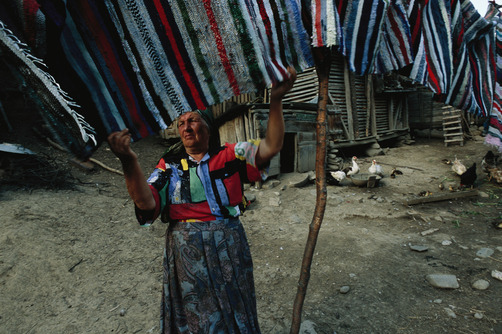




The Csangos of Romanian Moldavia. Photographed by Tomasz Tomaszewski for National Geographic.
“The Csangos are one of the most enigmatic minorities in Europe. There is no consensus on who were their ancestors, where they came from, when they settled in Moldavia or how many they are today. Even the origin of the word “csango” is controversial. The only undisputed feature about the Csangos is their strong Roman Catholic faith. They live in western Moldavia (Romania), near the eastern slopes of the Carpathians, in villages around the cities of Bacau (southern group) and Roman (northern group), along the rivers Siret, Bistrita, Trotus and Tuzlau, where they preserve traditional European methods of agriculture, body of beliefs, and mythology, as well as the most archaic dialect of the Hungarian language.
Their number ranges, depending on the definition, from as many as 260,000 (which corresponds roughly to the Catholic population in the area), even if more than two thirds of them cannot speak the language, to as few as a couple of tens of thousands (based on the fact that in the last official census only less than 3,000 persons declared themselves as Csangos).
The Csangos are one of the best examples of the beneficial effects of European cultural diversity. The group has for centuries been living more or less isolated from other areas where Hungarian is spoken, in an area with a Romanian majority. This resulted in the development of a pocket with an individual, most specific culture, interacting with elements of Romanian culture. This is perhaps best illustrated by the folk songs and ballads, which are living and developing even today. They show mainly Hungarian but also Romanian elements. It is well known that many of the European ballads cross the political and ethnic frontiers. One of the last fortresses of this common European ballad-culture is that of the Csangos the study, fostering and conservation of which is therefore a very important task both for Hungary and Romania, as well as for Europe.
The lifestyle of this ethnic group still shows in many respects the marks of the middle Ages. Its folklore and ornamental art flourish even today, achieving new products. The same is true for the folk-tradition, the body of beliefs and mythology.
This culture is today on the verge of extinction. Out of the maximum figure of 260,000 Csangos only 60,000 – 70,000 speak the Csango dialect. Assistance on the European level is needed to save their culture.
For centuries, the self-identity of the Csangos was based on the Roman Catholic religion and the Hungarian language spoken in the family. This, as well as their archaic life-style and world-view, may explain their very strong ties to the Catholic religion. It is not unusual that the Csango, to the question “What nationality are you?” would answer: “I am a Catholic”. In spite of this, there appear to be influences from the surrounding Romanians even in the practice of religion. Thus, for example, the Catholics of Moldavia follow their dead in an open coffin to the grave – an Orthodox tradition.
Their religious life has preserved many elements of the middle Ages. Even elements of pagan rites may be discerned, such as traces of the sun-cult. Their body of beliefs is extremely rich, with many archaic features.
The ethnic conscience of the Csangos is much weaker than that of other Hungarian-speaking ethnic groups. This may have several causes. It may reflect the weakly developed concept of nation among the settlers of the Middle Ages or the fact that their settlements are geographically dispersed, but an important factor has been the self-conscious, policy of assimilation practised over the centuries by the surrounding society and in particular the Catholic Church.”
Source: http://www.assembly.coe.int/nw/xml/XRef/X2H-Xref-ViewHTML.asp?FileID=9301&lang=en
767 notes
·
View notes
Photo

Tsemay man with sunglasses
Location: Ethiopia
Photographer: Eric Lafforgue
66 notes
·
View notes
Photo

Gathering of Fakirs at the Nizamuddin Dargah
Location: Nizamuddin West, Delhi
Photographer: Swiatoslaw Wojtkowiak
This is the dargah [shrine] of one of the most famous Sufi saints, Nizamuddin Auliya. Situated in Nizamuddin West, it also houses the tomb of poet Amir Khusro and Mughal princess Jahanara lying adjacent to the complex. Thousands of Muslims, Hindus and those of other faith and religion visit it every week, especially on Thursdays to witness the beautifully lit up dargah after sunset accompanied by soulful Sufi music.
45 notes
·
View notes
Photo




Portraits of young Romani people in the municipality of Šutka, Skopje, Macedonia. Šutka is known as having the largest concentration of Roma in the world.
Photographed by Jeff Riedel
1K notes
·
View notes
Photo

Kayapo man and child
In one of the world’s most intense deforestation zones, the southeastern Amazon, nearly 11 million hectares of rainforest survives within the Kayapo indigenous territories. The Kayapo are an indigenous group of Brazil with a population of approximately 7,000 people whom occupy five contiguous and legally ratified indigenous territories in the Xingu River Basin. Despite intensifying external pressure from outsiders seeking access to their land and natural resources in a region that has otherwise been cleared for ranching, roads and towns, the Kayapo have managed to protect and maintain nearly all the forest encompassed within their territories. The Kayapo are granted permanent and exclusive usufruct rights to their lands under the category of “indigenous territory’ by the Brazilian constitution. They fight to defend their land and forest because it is the basis of their livelihood and society. Their legally ratified territories comprise the largest block of intact tropical forest under some form of protection in the world.
Keep reading
192 notes
·
View notes
Text
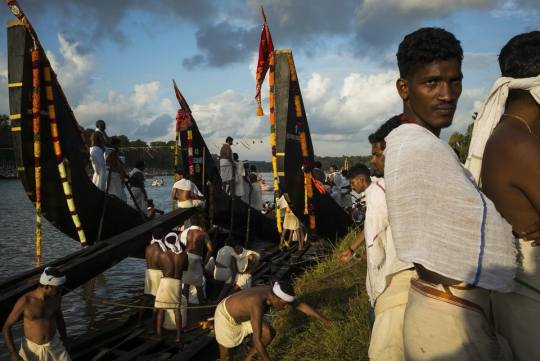
Boat Race. Aranmula, India (2014) - Alex Webb
#photojournalism#photography#photojournalist#alex webb#magnum photos#alexwebb#india#indian#south asia#desi#photo documentary#documentary photography#street photography#photography art#art#artwork#composition#picture composition#candid photography#फोटोग्राफी#पत्रकारिता#ഫോട്ടോ ജേണലിസം#ഫോട്ടോഗ്രാഫി#ഇന്ത്യ#भारत#bharat#fotoperiodismo#fotojornalismo#fotografia#indios
93 notes
·
View notes
Photo

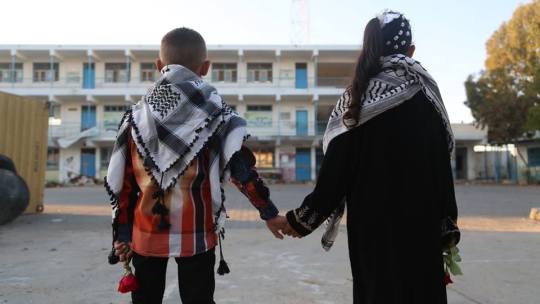
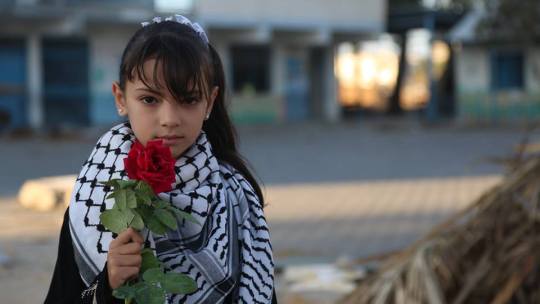
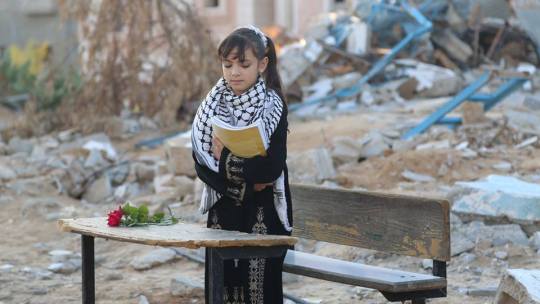
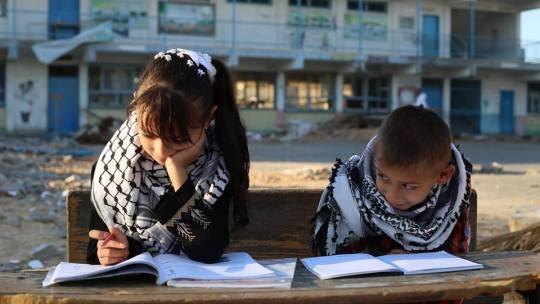
Their school destroyed by Israeli aircraft and bulldozers …. “UNRWA” School in khuza'a village … in Gaza
3K notes
·
View notes
Text
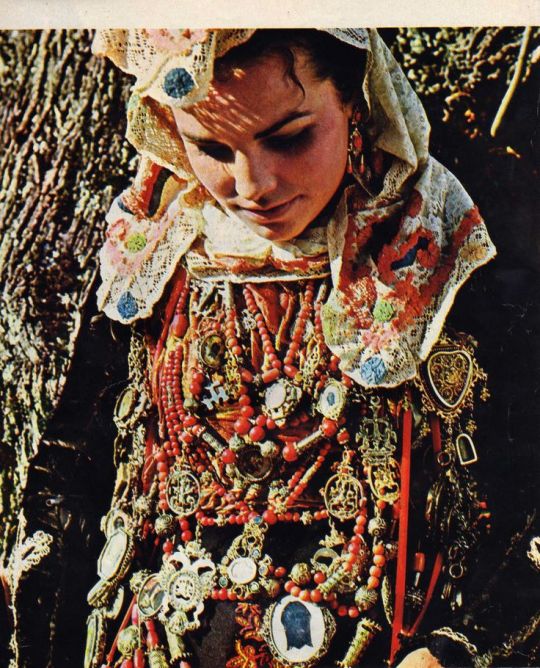
Woman Dressed in a Charro; a word denoting the traditional costume and the people Salamanca, Spain
#traje de charra#spain#europe#ethnographic#jewlery#europeans#folk jewlery#salamanca#spaniards#spanish people#jewelry#jewellery#traditional jewellery#traditional jewelry#españa#traje español#trajes típicos de españa#trajes típicos#ethnography#vestido folklórico#folklórico#traje tradicional#españoles#españolas#beadwork#crafts#trabajo de cuentas#charro#fashion history
61 notes
·
View notes
Photo

Venezuelan Llanero (1993) - Stuart Franklin
254 notes
·
View notes


